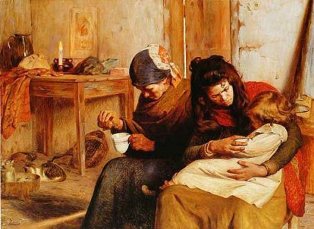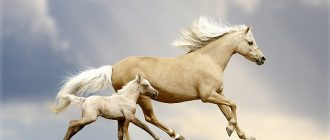Interested in Chilean art? Read our guide for a comprehensive overview of the history and development of Chilean art through time…
The artistic heritage of Chile reflects its cultural identity. Although Chilean art has been in the making since prior to the 1900s, the last century is regarded as being the most prosperous for Chilean art.
Painting has always been popular in the region. The collection of paintings that date prior to the 1900′s can be seen with themes of battles and scenery. Generally the themes of the paintings were something that the artist was quite far away from. Some of the important characters of the era include Pedro Lira and Julio Fossa Calderon.
Chilean art of the early days was heavily influenced by European culture. However, during the 1900s attempts to explore one’s own reality seemed to be intensifying amongst Chilean artists. It was then that the artists started taking on themes which were closer to them such as big city life.
What followed was a period during which the Chilean artists discovered their own identity, motive and gesture. The national scenery during this period was stained with subjective markings giving an insight into the artist’s reality. Prominent Chilean artists of this era include Alfredo Helsby, Eugenio Guzman, Valenzuela Llanos, Juan Francisco Gonzalez and Pable Burchard.
The art work during the early 1900s reveals a more conceptual side of the artists. Attempts at discovering the inner self of the human being were being made through Chilean art. The costumes of the people of the time were also painted down along with the bohemian and marginal lifestyles.
During this period Chilean art was moving towards expressionism. Deliberate distortions of facial features and consequently reality can be seen in the paintings of this time. Prominent artists that stood out from amongst the rest during this time period include Pedro Luna, Arturo Gordon and Exequiel Plaza.
Towards the mid 1900s however the psychological and emotional make up of the artist came on to the canvas. A break off from the political and social environment was achieved during this time period. Only embossments and wall paintings were left in remembrance of the older themes as the artists took a completely new turn distancing themselves from their immediate happenings.
A look into the local Chilean avant-grade reveals concepts of futurism. Cubism was also a prominent part of Chilean art which the later artists seemed to be very fond of. The concept of plastic art erupted during the later years. This was a time period when aesthetic appearance gained more importance than conceptual development. The abandonment of reality in art led artists to unleash the experimental spirit in their art work.
Today the Chilean art scene is thriving with a diverse range of artists. Pop art seems to be defining the culture. Abstract art in all its forms is also quite popular in the country. Chile is also home to some world class art museums that house Chilean art work from back in time as well as the works of contemporary Chilean artists.





